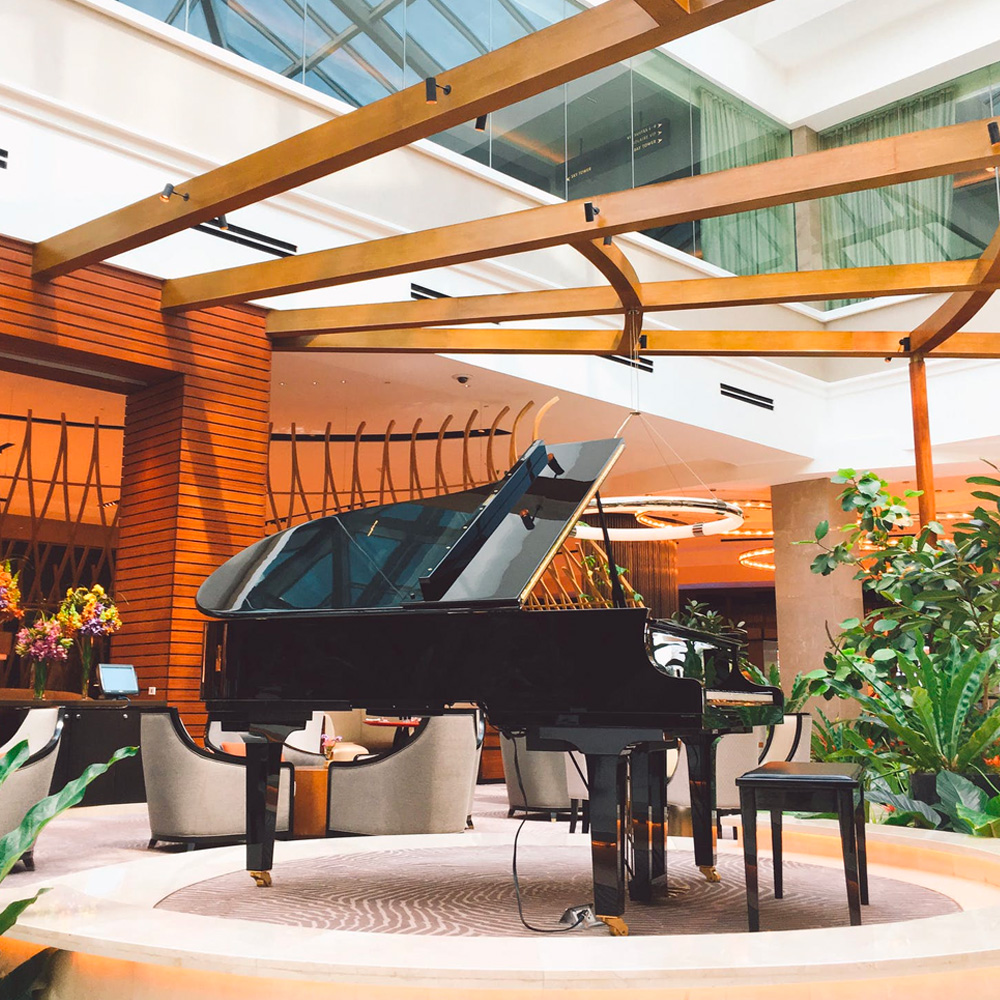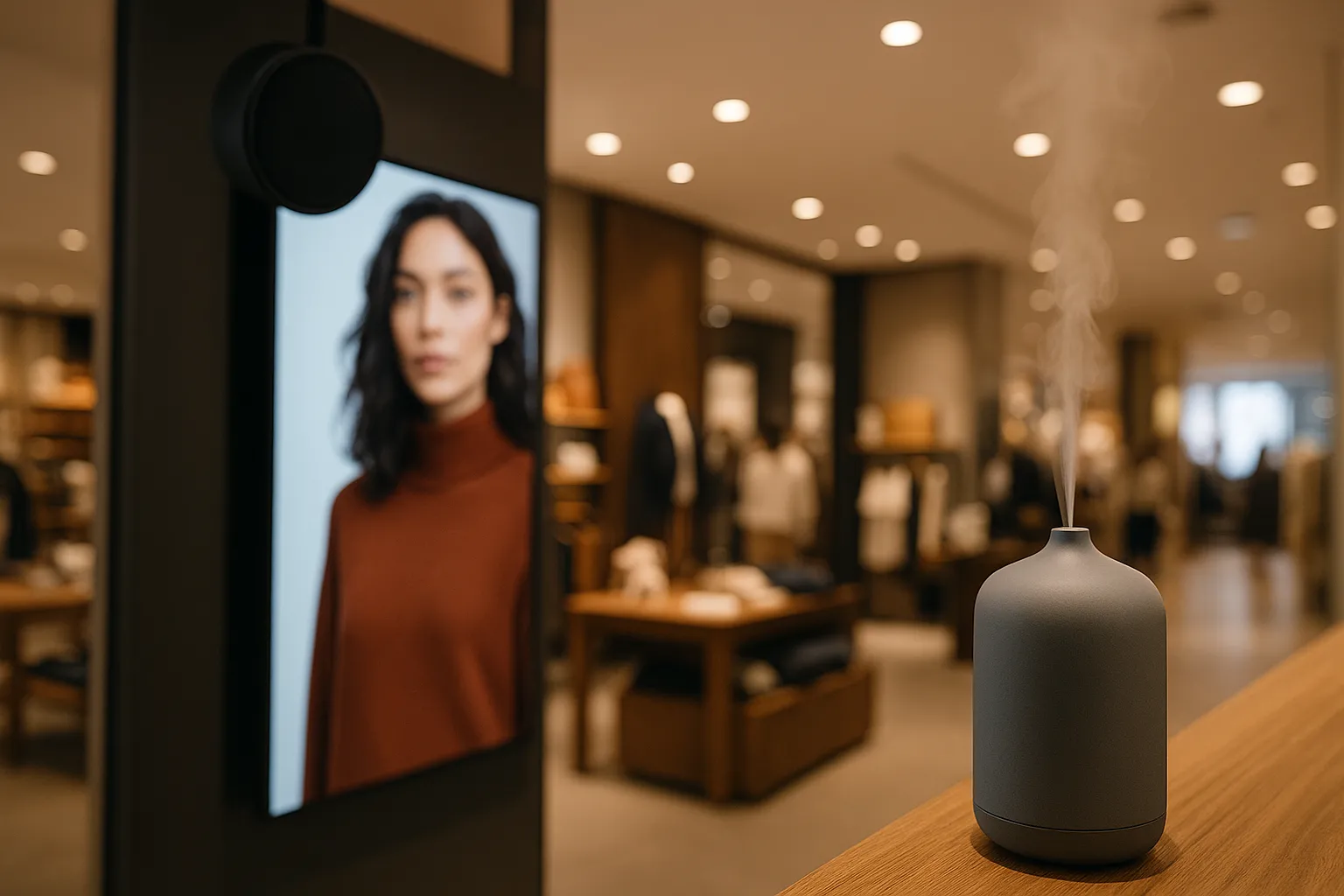Today we are talking about the target audience for music in a store. The audiences to which background music in a commercial establishment is directed are varied, and finding the right balance in music selection is crucial. We want to give you some tips on how to create a pleasant environment for both customers and employees, with the most suitable volume and music genres.
Introduction
When it comes to selecting music for your store, there is a delicate balance to be found.
On one hand, there are your personal tastes, we know: however, these should never be part of the choices you make for the soundtrack of your business (you can listen to all the music you love on Spotify at home or in the car, whenever you want, but remember never to do it in your business because the risks are really many).
On the other hand, you want your customers to feel comfortable while shopping and spend as much time as possible in your store or generally in your business.
And lastly, but no less important, you want your employees to work in a pleasant and motivating environment.
We understand the importance of this challenge and aim to offer you some advice on creating the perfect atmosphere in your store.
The Volume Compromise
Have you ever walked into a store and couldn’t even talk to one of the customer service staff because of the extremely loud music?
One of the first considerations to make is precisely the volume of the selected music. It is essential to avoid overpowering customer conversations with too high a volume.
A clothing store or any commercial establishment is not a nightclub, and the background music should pleasantly accompany the shopping experience without being intrusive.
The ideal volume is one that allows people to notice the music without having to raise their voice.
The Strategic Use of Volume in Fast Food
If you have a fast food restaurant or a place where you want a higher table turnover, you might opt for a slightly higher volume. In this way, the loud music will discourage customers from lingering too long, promoting a constant flow of people in the establishment.
What Music to Choose?
As we said earlier, it is necessary to set aside your personal tastes when deciding to create the soundtrack for a business, and ideally, you should consult a professional in the field.
Every store has its own identity and specific purpose. The music you choose should reflect the atmosphere and message of your store.
For example, if you run a fashion boutique, trendy and fashionable music, like LO-FI, is appropriate.

On the other hand, if your store specializes in relaxation and wellness products, a selection of relaxing and instrumental tracks might create a welcoming atmosphere.

First of all, you must understand your target audience. Observe carefully the type of customers who frequent your store, their lifestyle, the average age, and imagine, if not explicitly stated, their musical preferences.
If your store attracts a young and modern clientele, you might opt for popular pop or indie tracks.

On the other hand, if your clientele is more mature and sophisticated, you might prefer jazz or classical music.

Never neglect the variety of music and be careful to create an environment that is never too monotonous, otherwise, the staff working in your store will be the first to complain. Remember that customers have a limited average stay in your establishment, while those who work there stay inside for many hours every day.
However, be careful not to fall into the opposite excess, leaving the freedom to those working in the stores to decide what should be played. As mentioned at the beginning, an equilibrium must be created, and everyone can listen to the music they love outside of the commercial or professional environment in which they work.
Curiosity: The Closing Signal with Music
In China, there is a curious practice where a track by saxophonist Kenny G, belonging to the jazz fusion genre, is used as an implicit closing signal for establishments.
This is just an example of how music can be strategically used to influence the behavior of people in a store.
Taking inspiration from this curiosity, you can customize your music selection based on the context and preferences of your customers.
Finding the right music for your store is an art that requires balance and attention.
Conclusion
With MoosBox, you can easily customize your musical experience and create a pleasant and productive environment for your customers and all your staff. Take advantage of MoosBox’s advice and make your store a welcoming place where everyone feels at ease in full compliance with the law thanks to the included licenses.




